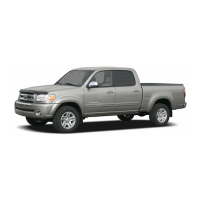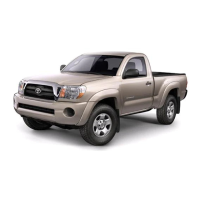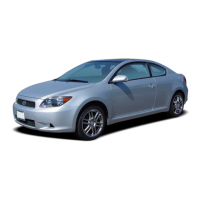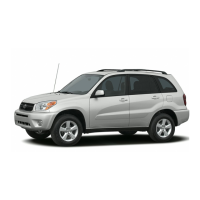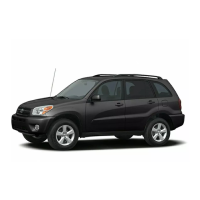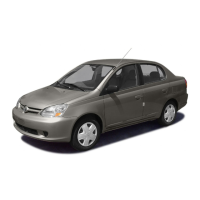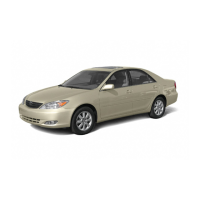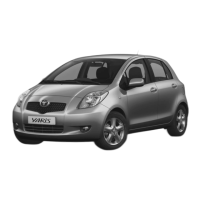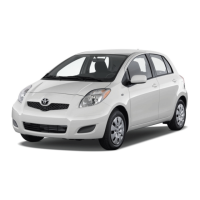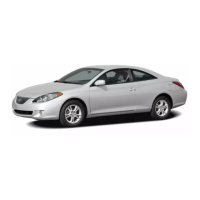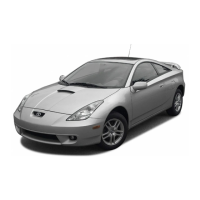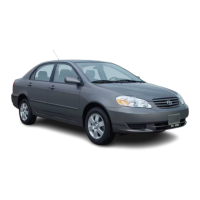’05 TUNDRA_U (L/O 0408)
367
2005 TUNDRA from Aug. ’04 Prod. (OM34427U)
When stowing cargo and luggage in
the vehicle, observe the following:
D Put cargo and luggage in the rear
deck when at all possible. Be sure
all items are secured in place.
D Be careful to keep the vehicle bal-
anced. Locating the weight as far
forward as possible helps maintain
balance.
D For better fuel economy, do not
carry unneeded weight.
CAUTION
D To prevent cargo and luggage
from sliding forward during
braking, do not stack anything
behind the front seats higher
than the seatbacks (access and
double cab models). Keep car-
go and luggage low, as close
to the floor as possible.
D Never allow anyone to ride in
the rear deck or luggage
compartment (double cab mod-
els only). It is not designed for
passengers. They should ride
in their seats with their seat
belts properly fastened. Other-
wise, they are much more likely
to suffer serious bodily injury,
in the event of sudden braking
or a collision.
D Do not drive with objects left
on top of the instrument panel.
They may interfere with the
driver’s field of view. Or they
may move during sharp vehicle
acceleration or turning, and im-
pair the driver’s control of the
vehicle. In an accident they
may injure the vehicle occu-
pants.
Cargo capacity depends on the to-
tal weight of the occupants.
(Cargo capacity) = (Total load capac-
ity) – (Total weight of occupants)
STEPS FOR DETERMINING
CORRECT LOAD LIMIT
1. Locate the statement “The com-
bined weight of occupants and
cargo should never exceed XXX
pounds” on your vehicle’s placard.
2. Determine the combined weight of
the driver and passengers that will
be riding in your vehicle.
3. Subtract the combined weight of
the driver and passengers from
XXX kilograms or XXX pounds.
4. The resulting figure equals the
available amount of cargo and lug-
gage load capacity. For example,
if the “XXX” amount equals 1400
lbs. and there will be five 150 lb.
passengers in your vehicle, the
amount of available cargo and lug-
gage load capacity is 650 lbs.
(1400–750 (5x150)=650 lbs).
Cargo and luggage—
—Stowage precautions —Capacity and distribution
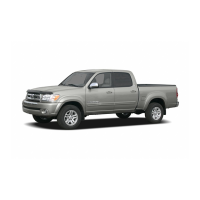
